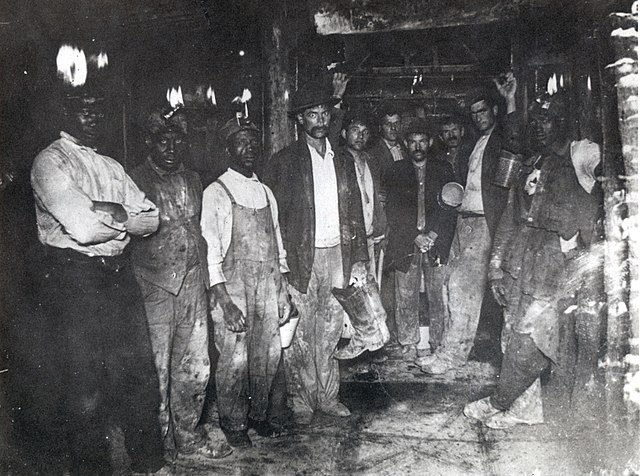The London Clay Formation is a marine geological formation of Ypresian age which crops out in the southeast of England. The London Clay is well known for its fossil content. The fossils from the lower Eocene rocks indicate a moderately warm climate, the tropical or subtropical flora. Though sea levels changed during the deposition of the clay, the habitat was generally a lush forest – perhaps like in Indonesia or East Africa today – bordering a warm, shallow ocean.
London Clay at Reculver
Eroding London Clay cliffs at The Naze in Essex
Oxshott Heath, where the overlying sand and the London Clay layers are exposed as a sand escarpment, rising approximately 25 metres (82 feet)
Mastixia sp. seed, Nyssaceae
Clay is a type of fine-grained natural soil material containing clay minerals (hydrous aluminium phyllosilicates, e.g. kaolinite, Al2Si2O5(OH)4). Most pure clay minerals are white or light-coloured, but natural clays show a variety of colours from impurities, such as a reddish or brownish colour from small amounts of iron oxide.
A quaternary clay in Estonia
A 23,500 times magnified electron micrograph of smectite clay
Italian and African-American clay miners in mine shaft, 1910







